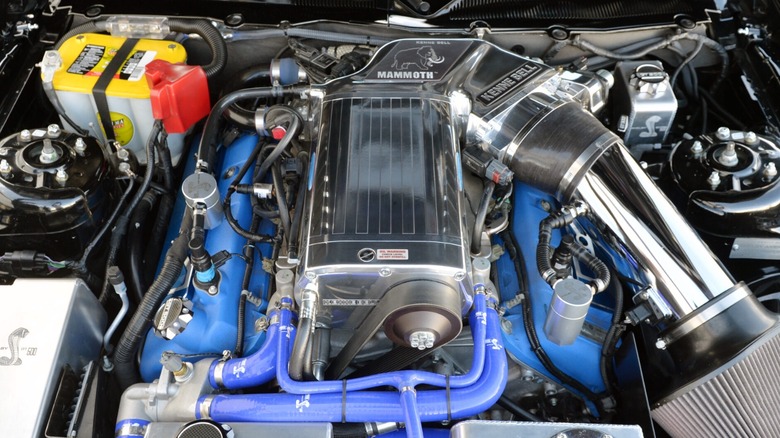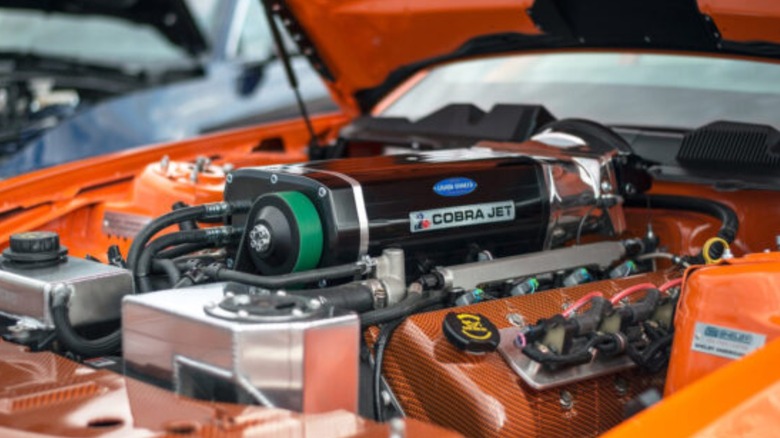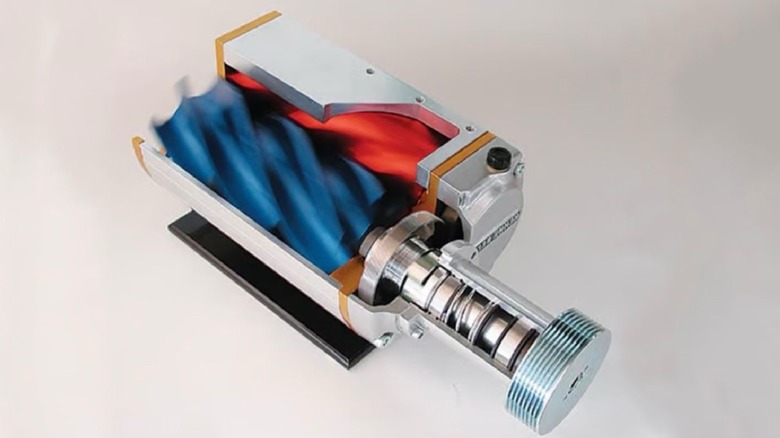Twin-Screw Superchargers Explained: What Are They And How Do They Work?
Superchargers have been a go-to method of forced induction in everything from hot rods to airplanes since before the turn of the 20th century. While car manufacturers have moved away from superchargers in favor of turbochargers as a preferred form of forced induction, there's still a time and a place for old-school blowers.
Twin-screw superchargers will remain a tried-and-tested method of generating more power and torque from performance engines until there aren't any of them left. While there are a host of supercharger types to choose from, twin-screw superchargers represent a great balance of instant torque, power, simplicity, and cost-effectiveness.
Despite what many old hot-rodders might have you believe, the world of superchargers isn't very hard to break into. No, you didn't have to spend your childhood hunched over the hood of a Shelby GT350 to understand how a twin-screw works. While superchargers might be daunting in theory, the technology behind them is simple.
What is a twin-screw supercharger?
Like every other form of forced induction, a twin-screw supercharger is simply a device that forces a larger volume of air into an engine. Air is one part of a five-part recipe that allows an internal combustion engine to function, with fuel, spark, compression, and exhaust being the other four. The more air that enters an engine, the more power it is able to generate.
A twin-screw supercharger's job is to capture air from the intake and throttle body, compress it within its housing, cool the air in an intercooler, and force that cold compressed air into the engine.
Twin-screw superchargers are just one option among a list of other types of superchargers including roots-style superchargers, centrifugal superchargers, and electric superchargers. Twin-screw and roots-style superchargers are very similar in design and are both belt-driven, meaning that they don't rely on engine RPM to generate performance.
The torque and power produced by twin-screw superchargers are available right off the line, making them a good option for dragsters and applications where turbo lag just won't do.
How does a twin-screw supercharger work?
Twin-screw superchargers compress air using two differently-shaped rotors inside of an airtight housing. Think of an electric kitchen mixer with two beaters that you'd use to mix cake batter. The inside of a twin-screw supercharger works in a very similar way.
Two corkscrew-like 'rotors' spin in opposite directions from each other, and are usually driven by a belt connected to the engine's crankshaft. One of the rotors grabs incoming air from the throttle body and compresses it against the other rotor which is spinning in the opposite direction.
The compressed air trapped between the rotors only has one path to escape, into the engine itself. Most twin-screw superchargers add an extra step to the process in the way of an intercooler. However, some twin-screws forego an intercooler altogether.
In intercooled applications, the incoming air gets chilled by an air-to-water intercooler first, since cooler air contains more oxygen and burns more efficiently. The air then travels into the combustion chamber where it is ignited alongside fuel.
While the details of finding the right twin-screw supercharger for your car is a bit more of a science, the overall principle of how a twin-screw supercharger works is mostly replicated when you're baking cupcakes for a birthday party. That's really all there is to it!


